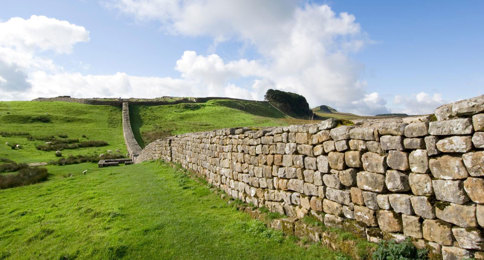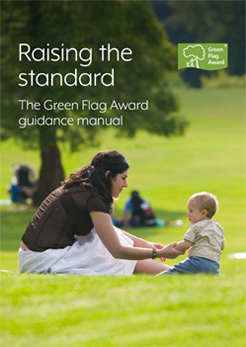Condition of historic features
Good Conservation Standards
- Relevance of the Conservation and Management Plans to what they see evidenced.
- Practical conservation work carried out to high standards (e.g. repointing).
- Staff, contractors and volunteers understand the conservation standards and work to them.
Historic features given prominence
- Historic features are a celebrated part of the landscape, whether that be subliminally or overtly.
- Historic features are regarded as an integral part of the site operation as a whole, not boxed off or hidden
Restoration / re-creation of landscape features
- Evidence that what has been identified in the Conservation Plan has been put into practice on the ground in accordance with the Plan.
- Good quality outcome - demonstrated through the finish, use of materials, reflection of original design features.

Use and enjoyment of historic features
Historic features intact and in use
- Architectural features, detailed design elements and buildings (for example, sporting features, fountains, drinking fountains, bandstands, bedding displays) should be still in use and not derelict.
- Where adequate maintenance is impossible, records should be kept of their existence and measures put in place to retain the essence of what was there. For example, rather than trying to retain large areas of poor bedding displays, it would be better for some areas to be recorded and grassed over, and reduced but strategically located areas of bedding maintained. Future aspirations should be recorded in the Conservation Plan.
Historic Features integrated into the life of the site
- Buildings should be used by groups or businesses that add to the vibrancy of the site - for example leased or offered to a Friends’ Group rather than leased as a private office.
- If prior decisions prohibit this, steps should be laid out in the Conservation Plan to show how this might be rectified in the future (e.g. at lease renewal build in requirements for open days to open the buildings to the public).
Information available & evidence that historic features are enjoyed by the public
- Lists of events and relevant interpretation information should be made available.
- People can be seen actively enjoying the historic features.

Maintaining historic character & appearance
Relevance of Historic Landscape design integrity understood and interpreted
- Evidence that staff know the importance of original features even if they are not currently useable or visible - for example, views, avenues and water features, as well as it being documented in the Conservation Plan.
- It is important to understand what was once there to inform long term management, for example many sites have trees growing in the wrong place that cannot currently be felled, but it means that when the tree is eventually lost, another will not be replanted there and the vista renewed.
Horticultural displays contribute to historic character
- Displays should be in keeping with the character of the site and can reflect multiple periods in its development.
- People should be able to understand why displays are as they are.
Recognition and appropriateness of historic tree & plant collections
- All collections should be recognised, maintained, and enhanced.
- What is in the Conservation Plan should be evidenced on site.
New and replacement features conserve or enhance the historic character and appearance
- Judges are interested in the process of consultation and decision-making undertaken rather than offering personal opinion on the look of the features themselves.
supported in England by Historic England







